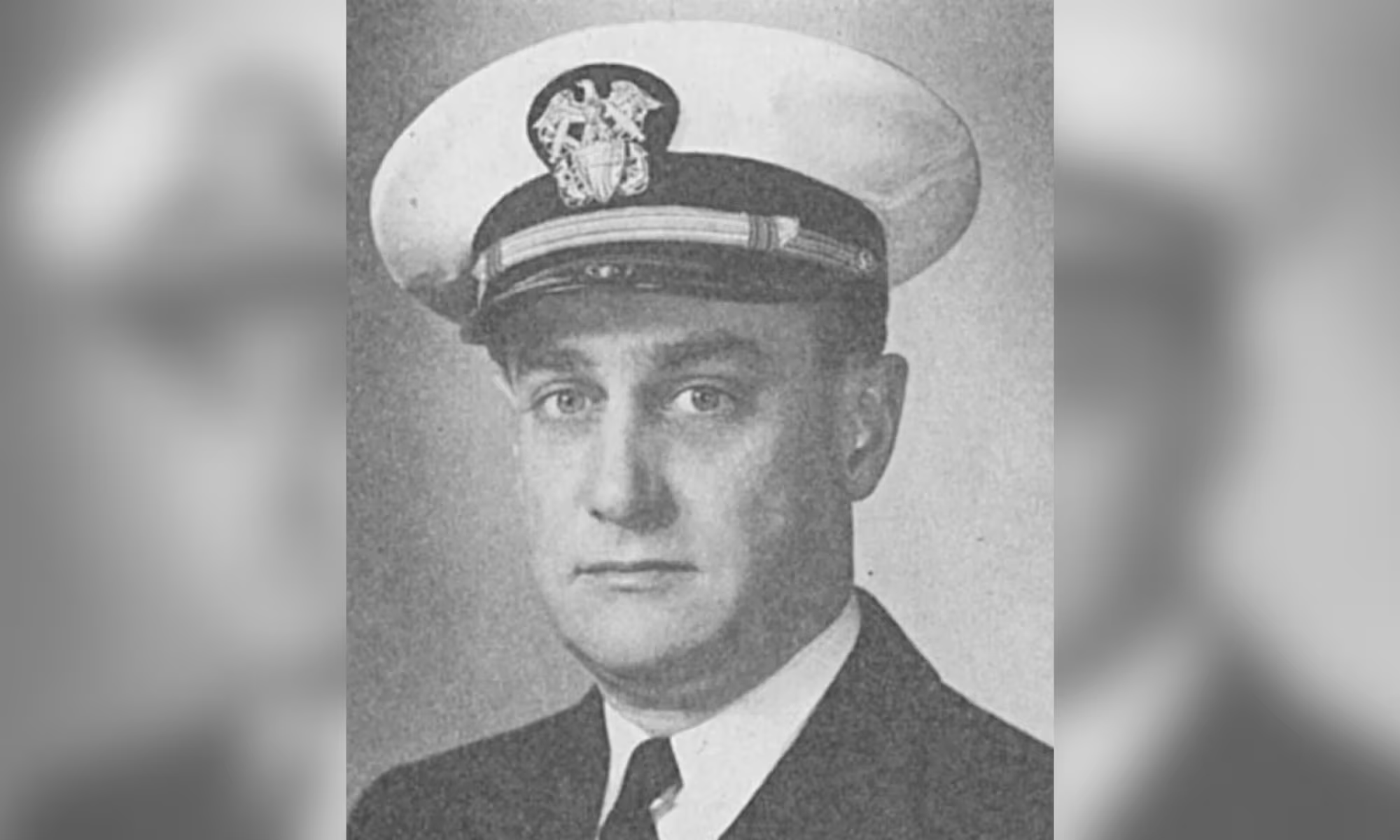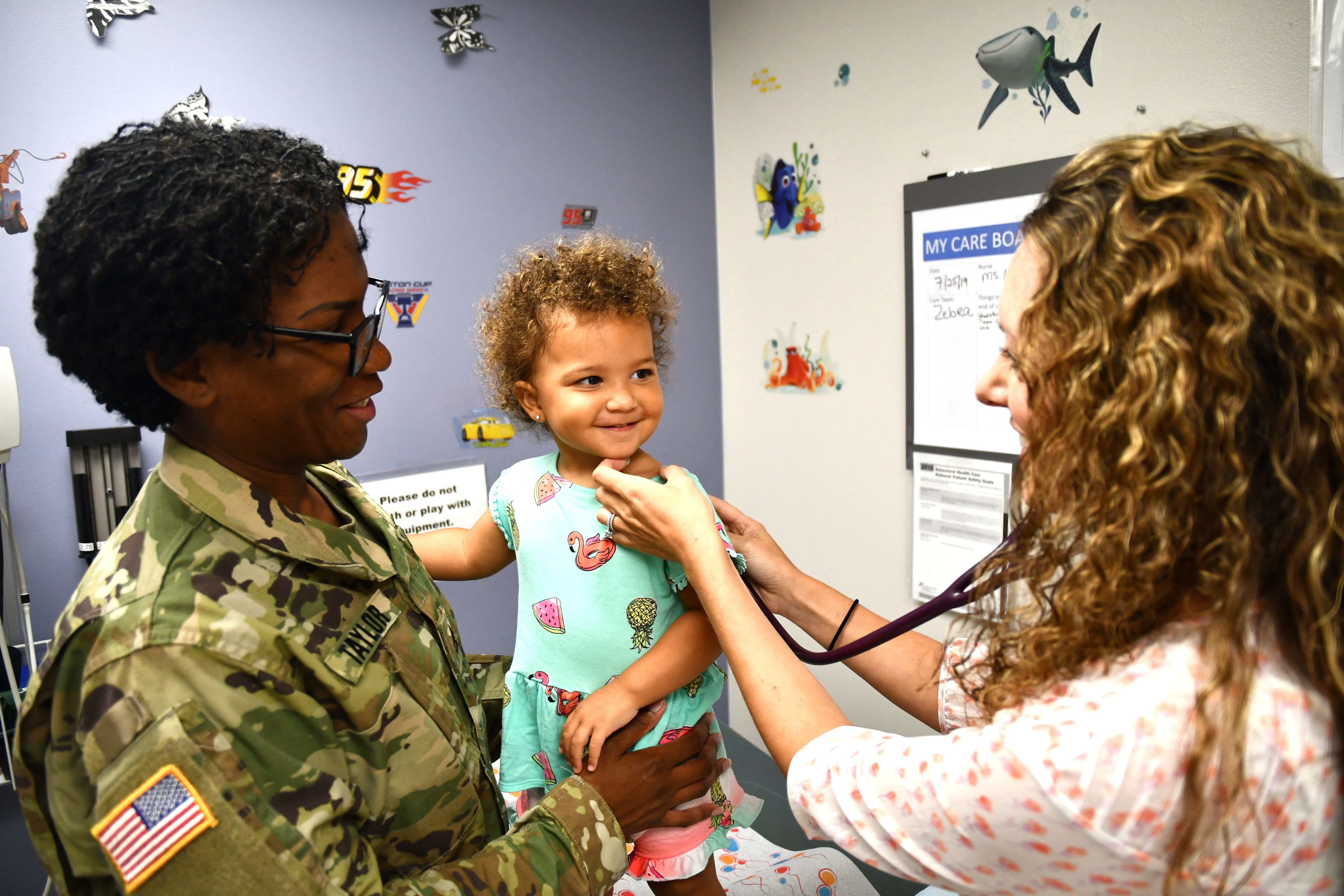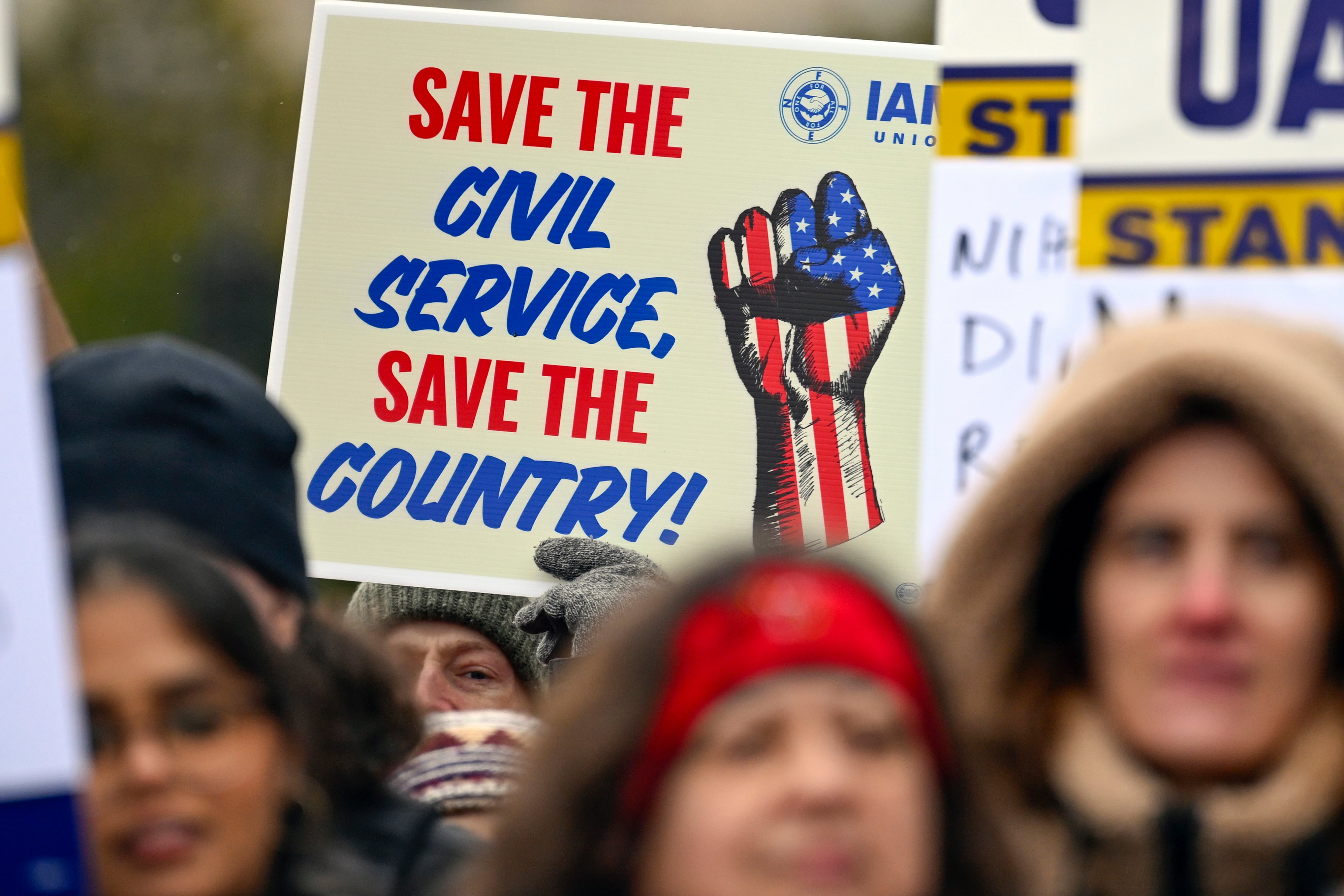BALTIMORE — Three months ago, as he plunged from outer space back to Earth, the Maryland-born astronaut Reid Wiseman hit the ground hard, slamming into a snow-covered field in Kazakhstan and rolling over a few times before he could get his bearings.
His return to his hometown has been a lot more welcoming.
Wiseman, a U.S. Navy commander who grew up in Cockeysville, spent six months last year orbiting the globe at 18,000 miles per hour as a flight engineer on the International Space Station. He returned to Baltimore this week for the first time since his Nov. 9 landing, making a handful of public appearances while spending time with family and old friends.
At places like the Maryland Science Center, where he gave two presentations to school children and others Wednesday, Wiseman, 39, has gotten rock-star treatment.
"I got two autographs," exclaimed 9-year-old Autumn Thurman, a third-grader at City Neighbors Hamilton in Baltimore. "One's for my (school) journal; one's for me. And I'm not giving them away."
"It's the least I can do to share the incredible experience I had as a first-time (space) flier," a smiling Wiseman said between his high-energy talks Wednesday. "And I love having this opportunity to spark kids' imaginations."
Wiseman's first appearance came Tuesday, when Baltimore County Executive Kevin Kamenetz presented him with a "hero pin" at a ceremony before about 50 county officials, friends and family members at the historic courthouse in Towson. His parents, Bill and Judy Wiseman of Cockeysville, were in the front row.
There was palpable awe in the room as Wiseman, decked out in a blue flight suit, recalled growing up on a cul-de-sac in the Springdale neighborhood, attending county schools, leveraging two engineering degrees into a career as a Navy pilot and eventually being chosen a NASA astronaut from among 6,000 candidates.
He remembered the moment in Kazakhstan last May 28 when he first got aboard the Soyuz rocket that would fly him and two crewmates to the space station, where they would spend 165 days conducting scientific experiments in human physiology, fluid mechanics and more.
It was hard to say goodbye to his wife, Carroll, and their two young daughters, he said, and nerve-wracking as he approached the capsule on the 130-foot rocket.
"Once they close the hatch, it's very calm and peaceful," he said, adding that just 91/2 sometimes gut-wrenching minutes after takeoff, he and his colleagues were in space.
On Wednesday, Wiseman took the microphone in the planetarium of the science center — a place he said he had often visited as a child — and opened the floor to questions from 130 middle- and high school students. Later, he showed eye-popping video and shared anecdotes from his adventure, which was the 42nd expedition conducted aboard the space station, portions of which first went into space in 1998.
By turns comical and riveting, he described the sensation of viewing 16 sunrises a day; he and his crew circled the planet every 90 minutes. He recalled how strange it seemed to see Earth's atmosphere. "It's hard to believe such a thin layer preserves all our lives," he said. He also talked of the pressures involved in maintaining the spacecraft. One mistake with a tiny part could cost "a couple of million dollars," he said.
The questions came thick and fast. Did you exercise in space? (Two hours a day to keep muscle and bone from atrophying.) How do you sleep? (Vertically, in a sleeping bag attached to a wall.) Did you see any intelligent life? ("I should probably mention my five crewmates," he quipped, before guessing that with so many thousands of stars within view, and a few planets orbiting most, "there's noway there isn't some kind of life out there, though I don't know in what form or if we'll ever see it.")
Wiseman's six-month journey made him one of fewer than 600 human beings ever to travel in space.
He also became a social media sensation, attracting a Twitter following of 300,000 as he regularly posted photos of active volcanoes, swirling typhoons, serene coastlines and flashes of lightning playing across the curved surface of his planet. His words were as exuberant as the sights were spectacular.
"No doubt about it — those are some GREAT pyramids@Giza," he wrote Sept. 6.
"Northern Lights looking perfect with a full moon," he posted Oct. 8.
"I used to think I was scared of heights — now I know I was only scared of gravity," he added Oct. 10.
He thrilled Baltimoreans, especially local sports fans, with telephoto images of the Inner Harbor and pictures of himself aboard the space station sporting an orange and black T-shirt.
"There's only one thing that needs to be said today — GO ORIOLES," he tweeted Oct. 2, the day the American League playoffs opened at Camden Yards.
The Orioles, he said, kept him up to speed on their division-winning season by sending clips of game highlights each day. He was able to watch two Ravens games on the lone TV station the space station received.
Marilyn Mullen, an elementary school teacher at City Neighbors, said her students researched Wiseman's career, and it inspired them, but it was his love of Baltimore that stole their hearts.
"He's a Ravens fan and an O's fan, and a lot of kids are so excited about that connection," she said.
Though he and his wife and children have lived in Houston for years, the link with Baltimore comes naturally to Wiseman, given his upbringing in the suburbs.
He was always exceptionally smart and "a very kind person," says Terry Walden, who lived next door when Wiseman was a boy.
He knew how to have fun, she said — he played a lot of golf, for example — and one childhood friend, Brian Frank, remembers the pair launching plenty of model rockets.
But Wiseman was also a leader with a sense of purpose, operating his own lawn-care business by age 13 and setting his sights on a career in aviation at about that age.
Wiseman's parents seem both perplexed and unsurprised by their son's achievements — perplexed because "neither of us is at all mathematically inclined," said Bill Wiseman, a former lawyer for the county, and unsurprised because, as Judy Wiseman put it, "he was always a very intense young man" who seemed "destined" to do something extraordinary.
Reid's brother Bill, who is five years older, attended the U.S. Naval Academy and became a Navy SEAL. The family often traveled to Annapolis to see Blue Angels shows, all of which helped cement the younger boy's aspiration to fly, Judy Wiseman said.
After graduating from Dulaney High in 1993, Wiseman said, he had hoped to attend the Naval Academy as well but was not accepted. He earned a bachelor's degree in computer and systems engineering from Rensselaer Polytechnic Institute, then joined the Navy, qualified as a pilot and flew multiple missions in the Middle East. He was piloting an F/A-18F Super Hornet in 2009 when he was selected, along with eight others, for NASA astronaut training.
Touching down in Baltimore again may not have been like parachuting from a Soyuz capsule, Wiseman said, but it was still a thrill.
"It's great coming home, driving up York Road and seeing all the sights of my childhood," he said, adding that he plans to return to attend Dulaney's graduation this spring.
Meanwhile, if he aimed to inspire children this week, he should consider his mission accomplished.
The children at City Neighbors, a charter school in Northeast Baltimore, have created a Reid Wiseman wall and are working on their own "museum" about space flight.
Skyler Redmond, 8, a third-grader, said it was "kind of scary but exciting" to see video of "the Earth from outside the Earth." He especially enjoyed seeing footage of the crew, including Wiseman, having fun on the station, busting dance moves and doing somersaults in space.
"I want to do that someday," he said.





